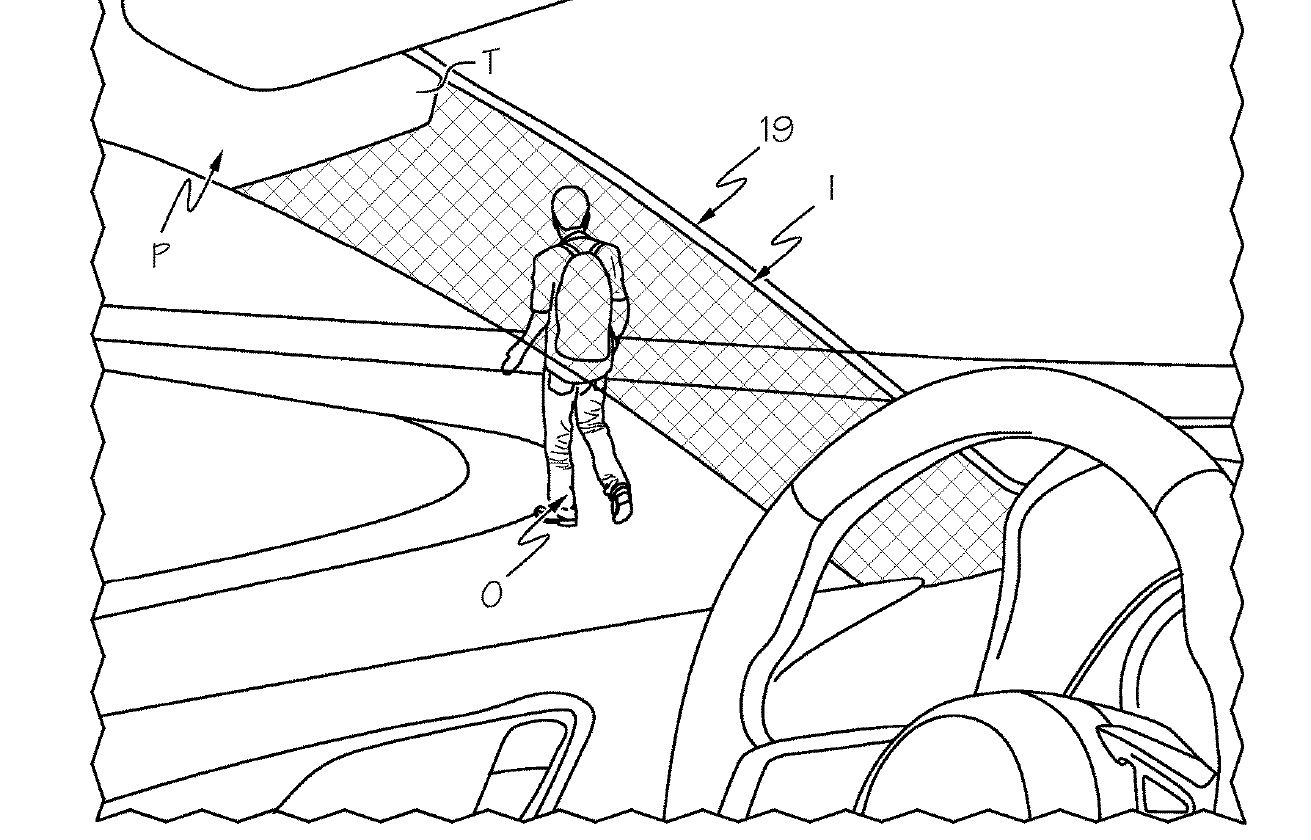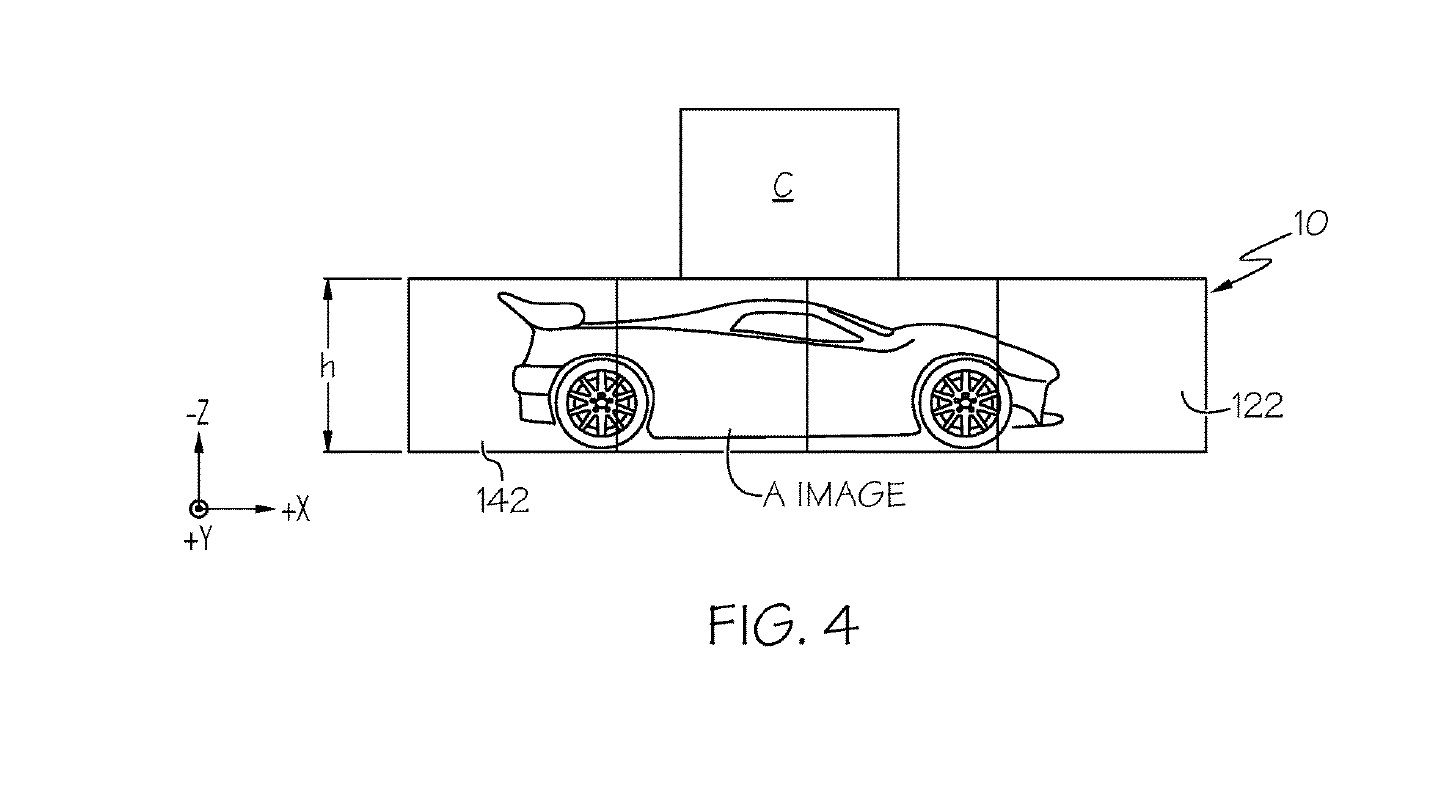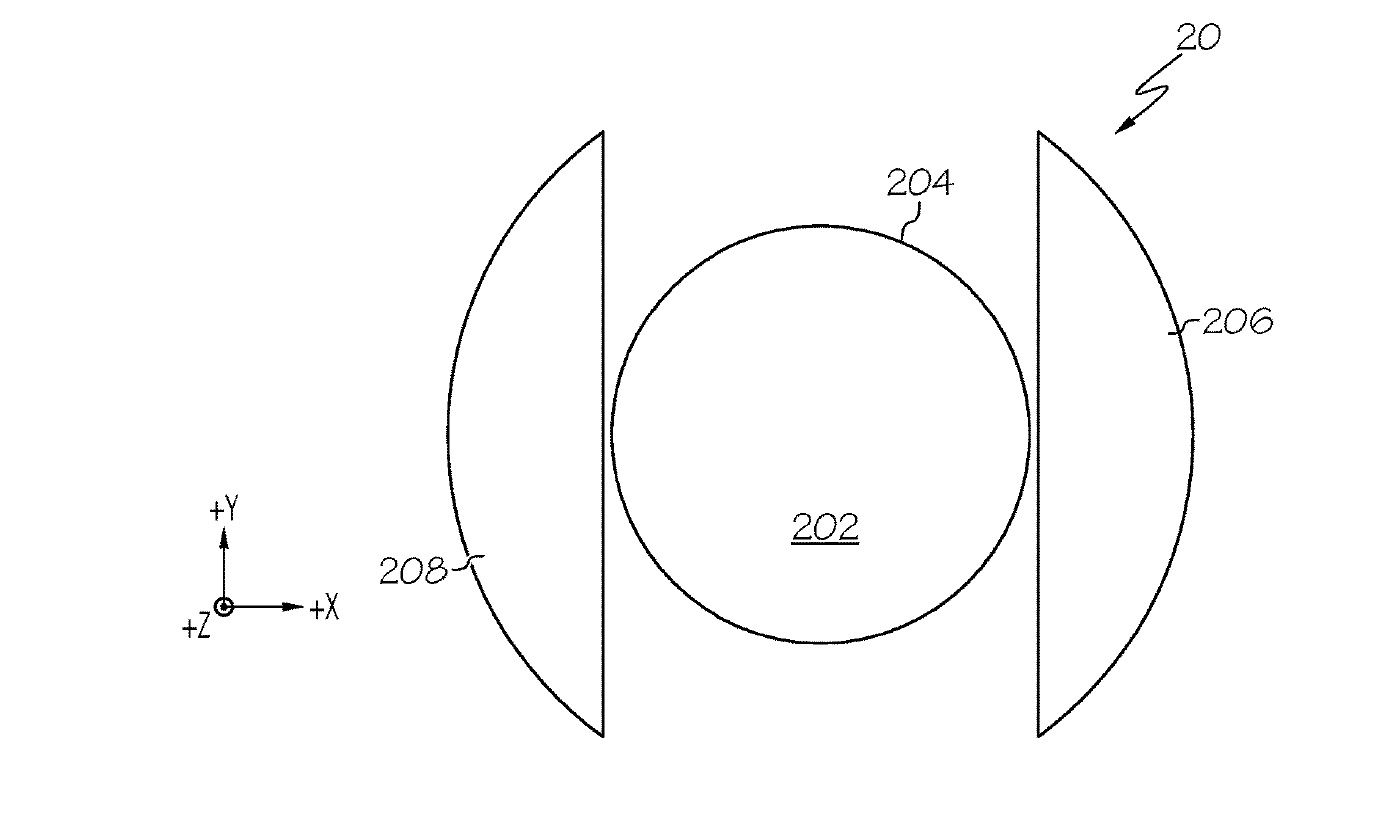Remember when news broke a few weeks ago that Toyota had filed a patent application for an under seat capture device? It was, for all intents and purposes, one of the most exciting patent applications we’ve seen in recent years. Above all else, it’s a practical device that should have been already been invented. But don’t mistake Toyota a being a purveyor of useful patents, because if recent history is any indication, the Japanese automaker has been known from time to time to apply for patents on technologies that really go beyond the realm of today’s possibilities. Take the “shape morphing fuselage” of an aerocar it filed patents for last year. That’s as good an example as some of the more recent patents that Toyota has filed, specifically a see-through A-pillar and, believe it or not, a cloaking device that makes parts of the car invincible.
It's hard to tell if Toyota is a genius for thinking completely out of the box with these patents or it just has far too much free time on its hands. Either way, it’s hard to blame the Japanese for thinking of ways to revolutionize the auto industry, no matter how preposterous these ideas get. The under seat capture device is one thing because the potential for modern-day application is already there. But a cloaking device that makes parts of the car invincible? There’s a strangeness to it that’s actually a little endearing because, really, who doesn’t want to play around with this kind of technology. Safe to say then that Toyota's R&D division has become a playground for the imagination. Who really knows what it might come up next. A shape-shifting car, perhaps? Oh, wait…
Continue after the jump to read the full story.
So how does this cloaking device actually work?
At this point, your guess is as good as mine because I don’t exactly know how it works. Toyota though seems to have a good explanation for it, even if it’s still a little convoluted at this point. Basically, the patent application filed with the United States Patent And Trademark Office outlines “apparatuses and methods for making an object appear transparent.”
These so-called apparatuses are actually devices that are made up of a series of mirrors that arranged in such a way that they bend visible light around an object, effectively making a car’s A-pillars invisible. Wait, what? In somewhat simpler terms, the mirror-wrapped A-pillar reflects light around itself, making it seem transparent.
The whole point of the patent application is to improve driver safety, which is something I can totally get behind. A-pillars, for their form and function, have become nuisances for drivers since they create blindspots around the driver by virtue of them being in the driver’s peripheral vision and line-of-sight when turning. The device Toyota is patenting is aimed to eliminate these pillars from a driver’s view, making it easier for one to see his surroundings without having to worry about any blind spots. So yes, the intentions here are actually pure and bold, even if the method is still a little too much on the futuristic side of the equation.
Then again, who knows what Toyota’s R&D division has up its sleeve. For all we know, it already has the technology and has developed it enough to the point that it’s actually ready to be used. Hard to tell at this point, but as ridiculous as it sounds, I’m not going to be surprised if this invisible cloak tech that Toyota filed a patent application for is closer to reality than what the company’s making us believe.
References
Read our latest stories of the Toyota.



